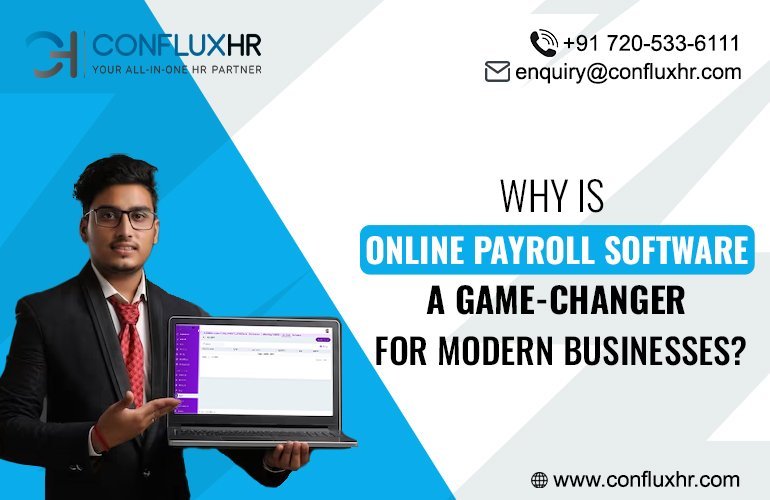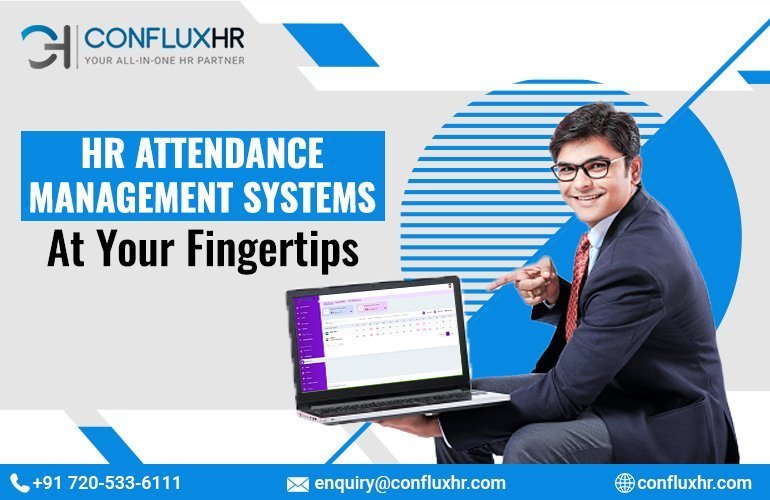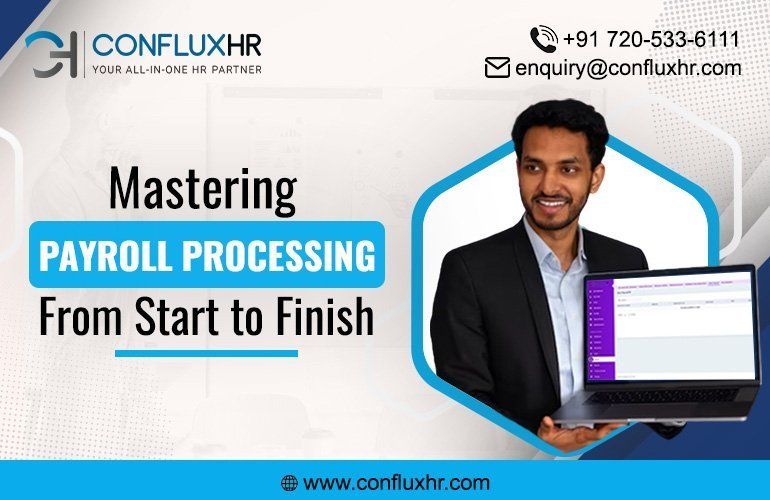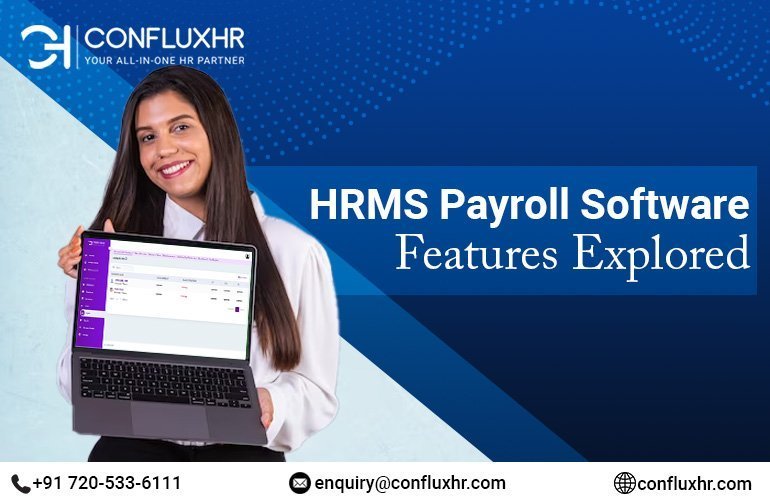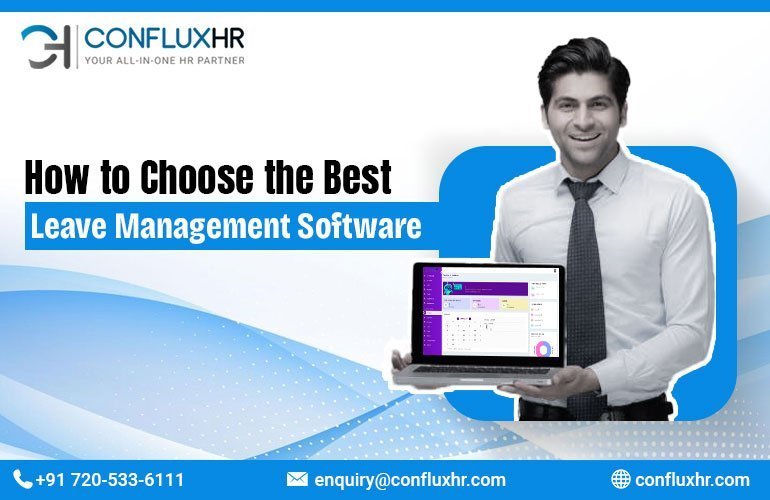In today’s dynamic business landscape, managing a workforce efficiently has become a top priority for businesses of all sizes. With the rise of remote work and flexible schedules, traditional methods of attendance tracking and payroll management are no longer effective. This is where the power of an HR Attendance Management System comes into play, revolutionizing the way businesses manage their workforce.
Understanding HR Attendance Management Systems
An HR Attendance Management System is a technological solution designed to streamline and simplify attendance tracking, leaving behind the hassle of manual records and paperwork.
This innovative software not only records employee attendance accurately but also offers a range of features that empower HR professionals to optimize workforce management. It also offers integration with payroll software for HR salary disbursements.
Efficiency at its Core
One of the primary benefits of an HR Attendance Management System is its ability to enhance operational efficiency. Gone are the days of manually recording attendance data and calculating working hours.
The system automatically captures attendance information, whether employees are working from the office or remotely, ensuring accuracy and saving valuable time.
Seamless Integration for Payroll Processing
The synergy between an HR Attendance Management System and payroll software for HR is undeniable. With integrated attendance and payroll management, the entire process becomes seamless and error-free.
Employees’ attendance data seamlessly flows into the payroll system, ensuring accurate salary calculations and deductions, all at the click of a button.
Empowering HR Professionals
HR professionals are the driving force behind successful workforce management. An HR Attendance Management System equips them with tools to monitor absenteeism patterns, track leave balances, and identify trends.
This data-driven approach enables HR teams to make informed decisions and implement strategies that boost employee engagement and productivity.
Transparency and Employee Empowerment
Employees also benefit from the transparency and self-service capabilities of an HR Attendance Management Systems. They can easily view their attendance records, apply for leaves, and check their leave balances through a user-friendly interface.
This transparency fosters trust and empowers employees to take ownership of their attendance.
Future-Ready Workforce Management
In the ever-evolving world of business, adaptability is key. An HR Attendance Management System is a future-ready solution that can accommodate the changing needs of organizations.
It can seamlessly integrate with other HR modules, such as performance management and recruitment, offering a comprehensive suite of tools to elevate HR operations.
Conclusion
In conclusion, the power of an HR Attendance Management System is undeniable. It not only simplifies attendance tracking and payroll processing but also empowers HR professionals to effectively manage their workforce.
With features designed to enhance efficiency, transparency, and employee engagement, this technology is a game-changer for businesses striving to stay ahead in the modern workplace landscape.
Elevate your HR operations with ConfluxHR’s comprehensive HR Attendance Management Systems and experience the transformation firsthand. Contact us today to learn more about how our software can empower your organization.




